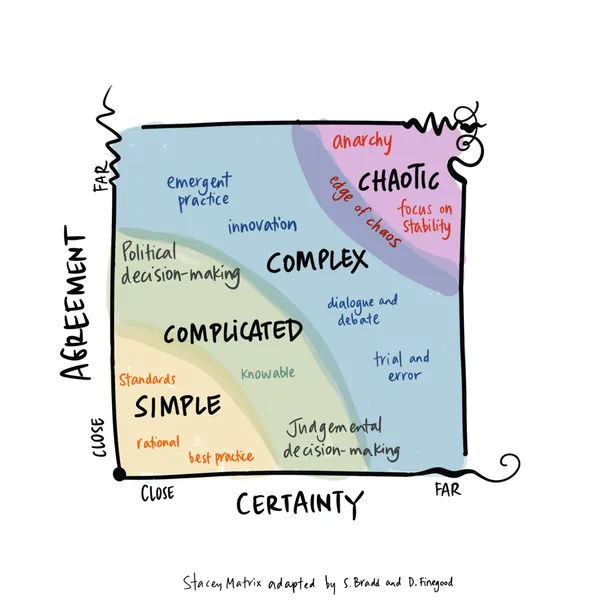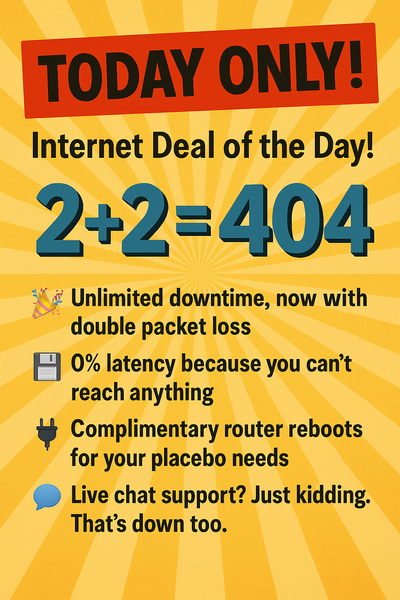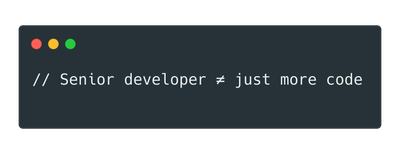In tech, it’s easy to confuse complexity with progress. Adding layers, abstractions, or extra features can feel like you’re being productive—sometimes even impressive—like you're building something substantial. We’ve all seen codebases and systems that seem to wear their complexity as a badge of honor. 👨💻
But here’s the truth: It’s for sure easier to keep adding more. It takes less effort to build upon a bloated foundation than to step back and challenge yourself to simplify.
Yet, simplicity isn’t about stripping everything to the bone at all costs. Go too far, and you risk creating a new kind of complexity—one born from oversimplification. A system reduced beyond its functional core might sacrifice necessary flexibility, clarity, or performance, and in doing so, create more problems than it solves.
The Complexity Trap: Why Do We Fall for It?
- Perception of Value – Complex solutions can look sophisticated. Teams, clients, or developers themselves often relate complexity with expertise.
- Short-Term Productivity – Adding new code feels faster than refactoring or rethinking an existing design. It’s immediate, visible progress.
- Fear of Missing Out – “What if we need this later?” leads to unnecessary features, dependencies, and integrations.
- The Oversimplification Paradox – And the other way around – in the pursuit of minimalism, we sometimes strip out essentials. An overly barebones solution can become fragile, unscalable, or confusing to others trying to extend or even understand it.
Finding the Balance: Simplicity Done Right
True simplicity is about balance. It’s about making deliberate, thoughtful choices to solve the problem well—without excess, but also without sabotage. Real skill lies in:
✅ Code that’s clean, readable, and maintainable – Simple doesn’t mean cryptic or hacky. Clarity always wins.
✅ Systems that are elegant and scalable – Removing bloat without compromising adaptability.
✅ Solutions that are focused and purpose-driven – Simplified to their essence, not stripped to dysfunction. You don't need a bloated stack for a tiny app.
Simplicity done right:
- Avoids unnecessary bloat
- Retains necessary flexibility
- Balances minimalism with real-world needs
Simplicity done wrong? That’s when you tear something down so much that its purpose or future growth is compromised. Oversimplifying a problem can lead to technical debt, unclear intent, barely readable or understandable and brittle systems that break under pressure.
Navigating Simplicity in Action
Here’s how to aim for the sweet spot:
- Ask “What’s Essential?” – What’s the simplest way to solve the problem without losing necessary functionality or extensibility?
- Refactor Thoughtfully: Simplicity isn’t always immediate—it’s often the result of revisiting and refining your work.
- Balance Clarity and Brevity: Don’t over-optimize for “fewer lines of code.” Code should be simple to read as much as it’s simple to write.
- Avoid Premature Minimalism: If a feature or design element truly solves a problem, it belongs there. Removing it just to appear simple is counterproductive.
The Litmus Test
Before finalizing a solution, ask yourself:
“Can this be simpler without breaking anything?”
If simplifying removes something critical—like flexibility, readability, or robustness—it’s not simplicity. It’s sabotage.
Cut the Fat, Not the Muscle
True simplicity doesn’t mean taking shortcuts or creating fragility. It’s about understanding the problem deeply enough to remove the unnecessary while keeping the essential. It’s hard work—but the reward is worth it. Simple solutions are adaptable, maintainable, and built to last.
"Simplicity is the ultimate sophistication."
— Leonardo da Vinci
Just remember: Take away too much, and you might lose the very thing that makes your solution work.






